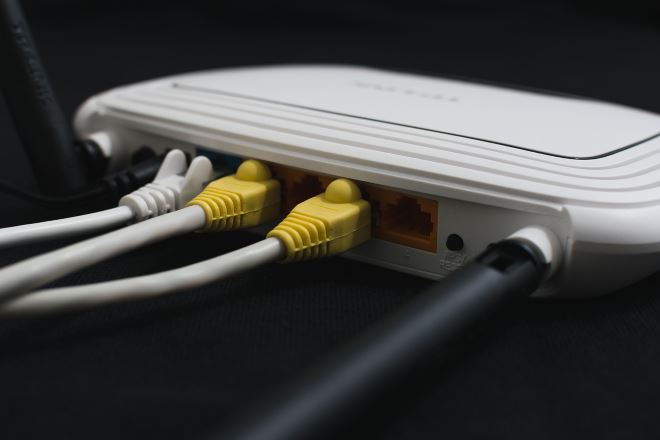Strategies for improving home broadband reliability and speed
Reliable home internet is essential for remote work, streaming, smart devices, and staying connected. This article outlines practical strategies to improve broadband speed and reliability, covering wired and wireless options, device management, network security, and considerations for newer technologies like fiber, 5G, and satellite. Readers will find actionable steps to diagnose issues, optimize throughput, and choose the right local services for their needs.

Consistent broadband performance requires both good infrastructure and sensible local setup. Start by identifying whether issues are related to your service provider, your modem/router, in-home wiring, or wireless interference. Basic diagnostics—speed tests, checking wired versus wireless performance, and testing at different times of day—help separate congestion and peak-hour slowdowns from equipment faults. Equally important is configuring devices and networks to prioritize critical traffic, limit unnecessary background usage, and apply firmware updates to maintain stability and security.
How can broadband and connectivity be optimized at home?
Assessing connectivity begins with a clear view of what devices and activities place the highest demands on your network. Use a wired Ethernet connection for desktop computers or media devices when possible to reduce packet loss and improve throughput. Segment the network by creating a guest network for visitors and isolating bandwidth-hungry devices. Regularly reboot modem and router devices on a schedule and position wireless equipment centrally and elevated to improve coverage. Run periodic speed tests and compare results to your subscribed broadband plan to spot underperformance.
What role does fiber and 5G play in speed?
Fiber and 5G each offer distinct advantages: fiber provides symmetrical speeds and low latency over fixed lines, while 5G can deliver high speeds wirelessly depending on signal quality and proximity to a cell site. If fiber is available in your area, it often yields consistent throughput and lower latency for applications like video conferencing and cloud services. 5G home broadband can be a practical alternative where fiber is not available, but performance depends on coverage, local congestion, and indoor signal strength; external antennas or window placement can improve reception.
How does latency, throughput, and satellite affect performance?
Latency and throughput address different performance aspects: throughput measures data transferred per second, while latency measures delay—important for gaming and interactive apps. Satellite services can extend broadband into remote areas but typically have higher latency compared with terrestrial options due to signal travel time. New satellite constellations aim to reduce latency, but weather and line-of-sight remain factors. When low latency is required, prioritize fiber or a robust terrestrial mobile link; for raw coverage in remote locations, satellite may be the only option.
How can mobile, roaming, and VoIP be made reliable?
For mobile devices and roaming scenarios, test carrier coverage and switch to the strongest available network mode (4G/LTE or 5G) based on signal and application needs. VoIP reliability improves with quality of service (QoS) settings on routers that prioritize voice packets, and by ensuring handset apps are updated and background data is limited during calls. Consider dedicated SIP-enabled devices or managed VoIP services for consistent voice quality, and use wired connections for VoIP endpoints when possible to reduce jitter and packet loss.
How to secure and manage edge and IoT devices?
IoT and edge devices often introduce security and congestion risks. Segment these devices on a separate VLAN or guest network to limit their access to primary devices and sensitive data. Change default passwords, apply firmware updates, and disable unnecessary services to reduce vulnerability. Implement basic cybersecurity measures—enable WPA3 or WPA2 encryption, use strong network passwords, and consider a simple firewall or router-level intrusion protection. Edge computing approaches can localize latency-sensitive processing, reducing round trips to cloud services and improving responsiveness for smart-home applications.
Practical setup tips for routers, wiring, and local services
Choose a router that matches your broadband speed tier and supports current Wi‑Fi standards; older equipment can bottleneck throughput. Use Cat5e or Cat6 Ethernet cabling for wired runs to maximize stability and throughput. If coverage is uneven, a mesh Wi‑Fi system or strategically placed access points generally outperform simple extenders. When evaluating local services or installers, check reviews and ask about in-home wiring assessments. Documented configuration changes and a simple network map help with future troubleshooting and service calls.
Conclusion Improving home broadband reliability and speed combines the right connection type, proper hardware, thoughtful network configuration, and basic security practices. Regular testing, prioritizing wired connections for critical devices, segmenting IoT traffic, and selecting appropriate local services will address most common issues. For persistent problems, collecting performance data and consulting a qualified local technician or your service provider can pinpoint infrastructure or account-related causes.





